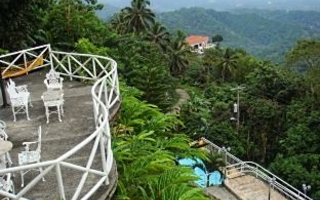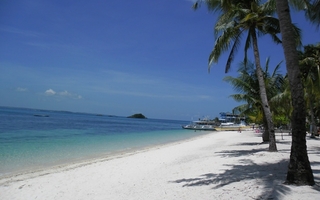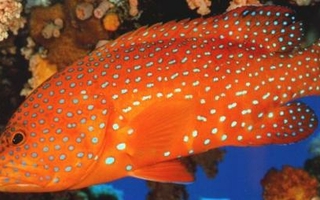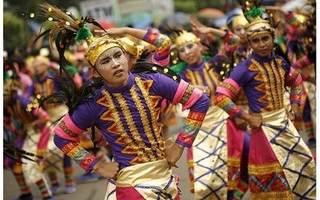Lapu-Lapu City
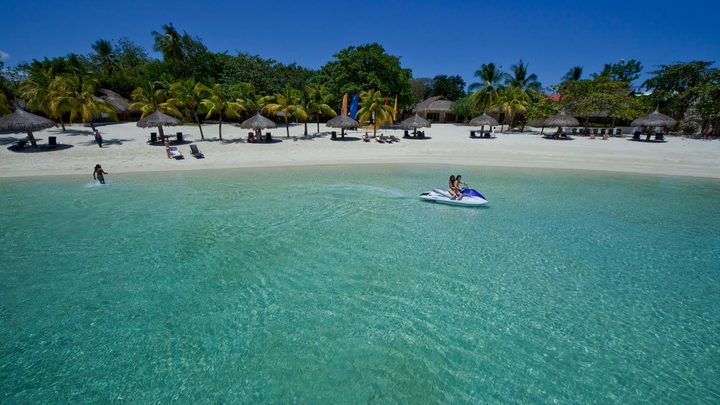
The City of Lapu-Lapu is a highly-urbanized city located off the mainland of Cebu. Taking up the most of Mactan Island, the city also has jurisdiction over the island of Olango and three islets; Caubian, Pangan-an, and Caohagan.
In Philippine history, the island is said to be the place where the battle which led to Portuguese explorer, Ferdinand Magellan’s demise in the hands of Lapu-Lapu, a local chieftain, was fought. Each year, a festival is celebrated to commemorate this victory. The Kadaugan sa Mactan relives the battle of Mactan through a fluvial parade and other activities, culminating in a re-enactment at the Mactan Shrine where a monument of Lapu-Lapu stands proud. As a town, it was called “Opon”, after a type of grass that grew in the island. In 1961, however, upon the approval of the city’s charter, it was renamed Lapu-Lapu, in honor of the chieftain’s heroism.
Internationally renowned for their white sand beaches and diving spots, most of the city’s coastal barangays like Maribago, Marigondon, and Punta Engaño have a bevy of resorts and hotels that offer world-class accommodations and various water leisure activities. The island’s rich marine biodiversity has also made it a haven for scuba divers and a favorite for snorkelers.
And with its marine life comes bountiful harvest. Lapu-Lapu City is abundant in fresh fish and seafood. It is popularly known for the “Sutuki”, a clever acronym for the way fish or seafood is prepared; “sugba” which is to grill, “tuwa” which is to stew, and “kilaw” which is to serve raw in vinegar and spices. Situated at the Mactan Shrine, this array of restaurants cook up fresh fish and seafood by the kilo.
This island city also hosts the Mactan Export Processing Zone, a sprawling 3-phase industrial state, and the Mactan-Cebu International Airport, the second busiest airport in the country. The Mactan Channel, which separates Lapu-Lapu City from the main island, also serves as the main passageway for ships navigating to and from the local and international ports of Cebu.
The Mactan-Mandaue Bridge and the Marcelo Fernan Bridge that span the Mactan Channel connects Lapu-Lapu City to the City of Mandaue on the mainland. A ferry boat also has daily routes to and from the Meulle Osmeña Wharf in the island. The wharf is used as a docking point by local merchants and by commuters who want to escape traffic. Located behind the Virgin of the Rule Church, it allows for convenient travelling especially in November devotees flock to Lapu-Lapu City for the feast of the Virgin of the Rule, the city’s patroness.
The black image of the “Bihen de la Regla” is believed to be miraculous and people line up to touch or kiss the sacred statue. Even during ordinary days, the chaplet built behind the decades-old church has become a revered pilgrimage site not only by the locals but by people from other provinces as well.
Olango Island, a 20-minute boat ride away from the city proper, is attracting its own share of tourists, being a wildlife sanctuary for migratory birds, and a world-renowned pit stop in a major flyway. Approximately 40,000 birds seeking warmer climate migrate to the island from Siberia, Northern China and Japan each year, choosing to refuel along the way on Olango’s rich intertidal zones.
Aside from being a premier location for a fun-filled island getaway, Lapu-Lapu City is also an ideal site to invest in real estate. With villages and townhouses sprouting all over the place, it truly provides city resort living at its finest.
By: Manita Sanoria-Ramos
